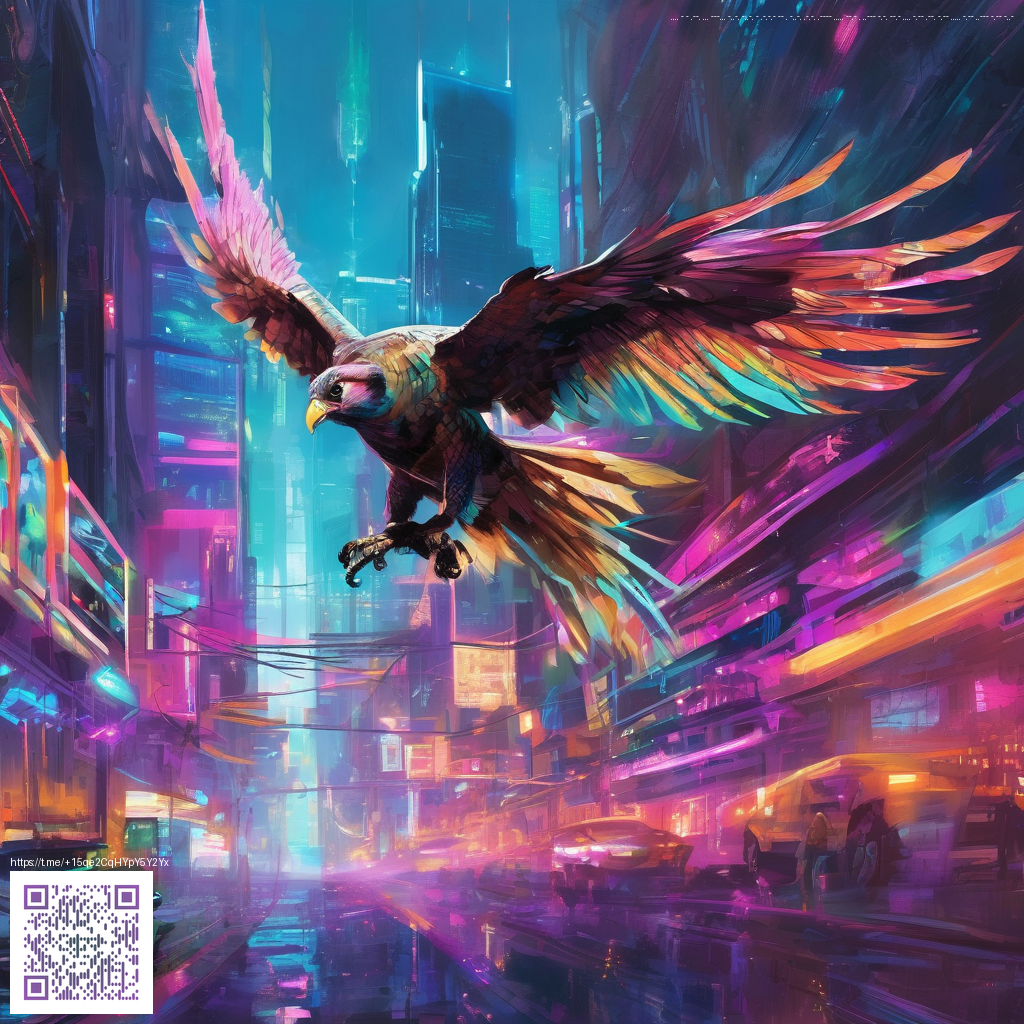
Using Exposed Cut Copper for Pixel Art in Minecraft
Copper blocks opened a new era for creative builders in Minecraft. Their natural aging cycle adds dynamic color shifts that feel alive on a large canvas. Exposed Cut Copper brings a crisp bevel texture that helps edges pop without dried out palettes or heavy outlining. If you love pixel art that reads clearly from a distance yet rewards close inspection, this block deserves a place in your toolkit. In this guide we explore practical ways to leverage exposed cut copper for vibrant and durable pixel art across modern builds.
Context matters when you choose blocks for pixel art. Exposed Cut Copper is part of the copper family that began its journey with the 1.17 update era and carried into subsequent patch cycles. Its distinct texture works well for sharp silhouettes and for adding a metallic glow to highlights. Because copper blocks oxidize over time, you can plan a piece that evolves with gameplay or lock in a chosen look by using waxed variants. This gives creators options from warm bright tones to weathered greens in a single project.
Block basics and how it behaves in gameplay
Exposed Cut Copper is a variant of what you craft from cut copper and is valued for its clean bevel lines. In practice it behaves like other copper blocks in terms of oxidation, but its texture changes how light interacts with the surface. When mined with appropriate tools it drops copper related items and can be combined with waxed variants to halt oxidation. The practical upshot for pixel art is that you can use this block to imply crisp edges and subtle bevel hints that remain legible even at a distance. This makes it a good choice for city skylines, machine silhouettes, and emblem edges where a hard read is important.
Planning your palette
Start with a small palette that uses the warm copper tones for midtones and highlights, then introduce a few cooler or weathered greens to simulate shading. Exposed Cut Copper offers a natural midrange that sits between brighter copper hues and darker weathered tones. For large pieces you might combine exposed cut copper with regular cut copper and waxed variants to keep color consistency while still offering contrast. A well planned palette makes it easier to convey depth without requiring dozens of different blocks. Think in terms of a 4 to 6 color ladder plus a couple of accent tones for highlights and edges.
Practical building techniques
Begin with a clean layout on a flat surface. Create a simple silhouette using exposed cut copper as your outline or primary fill. The bevel texture helps define edges so you can skip heavy outlining while still achieving crisp definition. When building, place blocks in horizontal or vertical bands aligned to your grid to maintain visual rhythm. For larger scenes consider laying a grid map and marking key coordinates so you can reproduce sections consistently. To keep your process smooth, build in layers from back to front and test in bright light to ensure the bevel lines read as intended.
- Plan your silhouette with a light source in mind
- Use exposed cut copper for edges and midtones
- Pair with waxed copper variants to preserve color through oxidation
- Mix in other copper states for subtle shading transitions
- Test readability from different distances and adjust spacing
Technical tricks and workflow
One smart approach is to treat exposed cut copper as a high contrast edge block. Place it along the outer boundary of a shape to define the silhouette and then fill the interior with lighter copper tones or oxide greens for shadows. The texture reads as a built in outline which reduces the need for additional border blocks. For small artworks you can leverage the texture to simulate metallic highlights that catch the sun on your server. When content grows, break the project into modules and reassemble like a mosaic. This helps you manage lighting, color balance, and block placement without getting overwhelmed.
Creative tips and community ideas
Artists in the community frequently combine copper blocks with lighting tricks to emphasize mood. For example solar glow can be simulated with nearby glow lichen or sea lanterns to bring out the warm tones of exposed cut copper. Large scale pieces benefit from sectional planning, where each panel uses a consistent palette and edge treatment to maintain cohesion. Some builders experiment with aging paths over time by introducing oxidation in staged steps, creating a living artwork that changes with the journey of the build. Always balance artistic goals with server performance and chunk loading when you scale up a copper heavy mural.
Version notes and update context
Copper and its variants have remained a core part of Minecraft since their introduction during the mid 2010s update cycle. Exposed Cut Copper continues to be a reliable material for pixel art thanks to its distinct texture and color range. Updates often refine textures and add new waxed or dyed alternatives, which you can integrate to keep your art fresh without sacrificing readability. As the game evolves, creators adapt by tweaking palettes and grid layouts to suit new lighting models and biome contexts. A well documented palette with coordinates helps you reproduce favored designs after game updates or on brand new worlds.
If you enjoy exploring block aesthetics and want to support the open Minecraft community, your support makes a difference. Your contribution helps fund tutorials, tool development, and collaborative builds that inspire players around the world.
Support Our Minecraft Projects